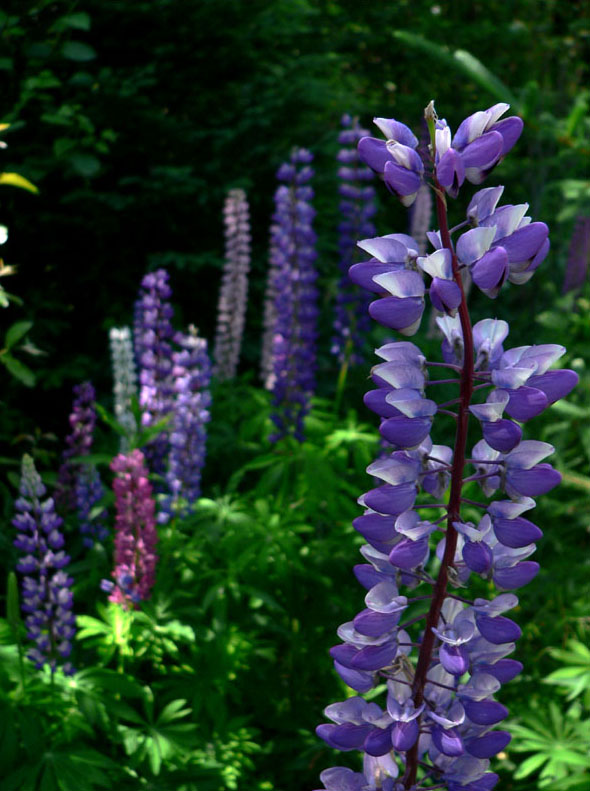
Native species
In biogeography, a native species is indigenous to a given region or ecosystem if its presence in that region is the result of only local natural evolution (though often popularised as "with no human intervention") during history.[1] The term is equivalent to the concept of indigenous or autochthonous species.[2][3] A wild organism (as opposed to a domesticated organism) is known as an introduced species within the regions where it was anthropogenically introduced.[4] If an introduced species causes substantial ecological, environmental, and/or economic damage, it may be regarded more specifically as an invasive species.
The notion of nativity is often a blurred concept, as it is a function of both time and political boundaries.[5][6] Over long periods of time, local conditions and migratory patterns are constantly changing as tectonic plates move, join, and split. Natural climate change (which is much slower than human-caused climate change) changes sea level, ice cover, temperature, and rainfall, driving direct changes in habitability and indirect changes through the presence of predators, competitors, food sources, and even oxygen levels. Species do naturally appear, reproduce, and endure, or become extinct, and their distribution is rarely static or confined to a particular geographic location. Moreover, the distinction between native and non-native as being tied to a local occurrence during historical times has been criticised as lacking perspective, and a case was made for more graded categorisations such as that of prehistoric natives, which occurred in a region during prehistory but have since suffered local extinction there due to human involvement.[7]
A native species in a location is not necessarily also endemic to that location. Endemic species are exclusively found in a particular place.[8] A native species may occur in areas other than the one under consideration. The terms endemic and native also do not imply that an organism necessarily first originated or evolved where it is currently found.[9]
Human impact and intervention[edit]
The diversity of species across many parts of the world exists only because bioregions are separated by barriers, particularly large rivers, seas, oceans, mountains, and deserts. Humans can introduce species that have never met in their evolutionary history, on varying time scales ranging from days to decades (Long, 1981; Vermeij, 1991). Humans are moving species across the globe at an unprecedented rate. Those working to address invasive species view this as an increased risk to native species.
As humans introduce species to new locations for cultivation, or transport them by accident, some of them may become invasive species, damaging native communities. Invasive species can have profound effects on ecosystems by changing ecosystem structure, function, species abundance, and community composition.[12] Besides ecological damage, these species can also damage agriculture, infrastructure, and cultural assets. Government agencies and environmental groups are directing increasing resources to addressing these species.